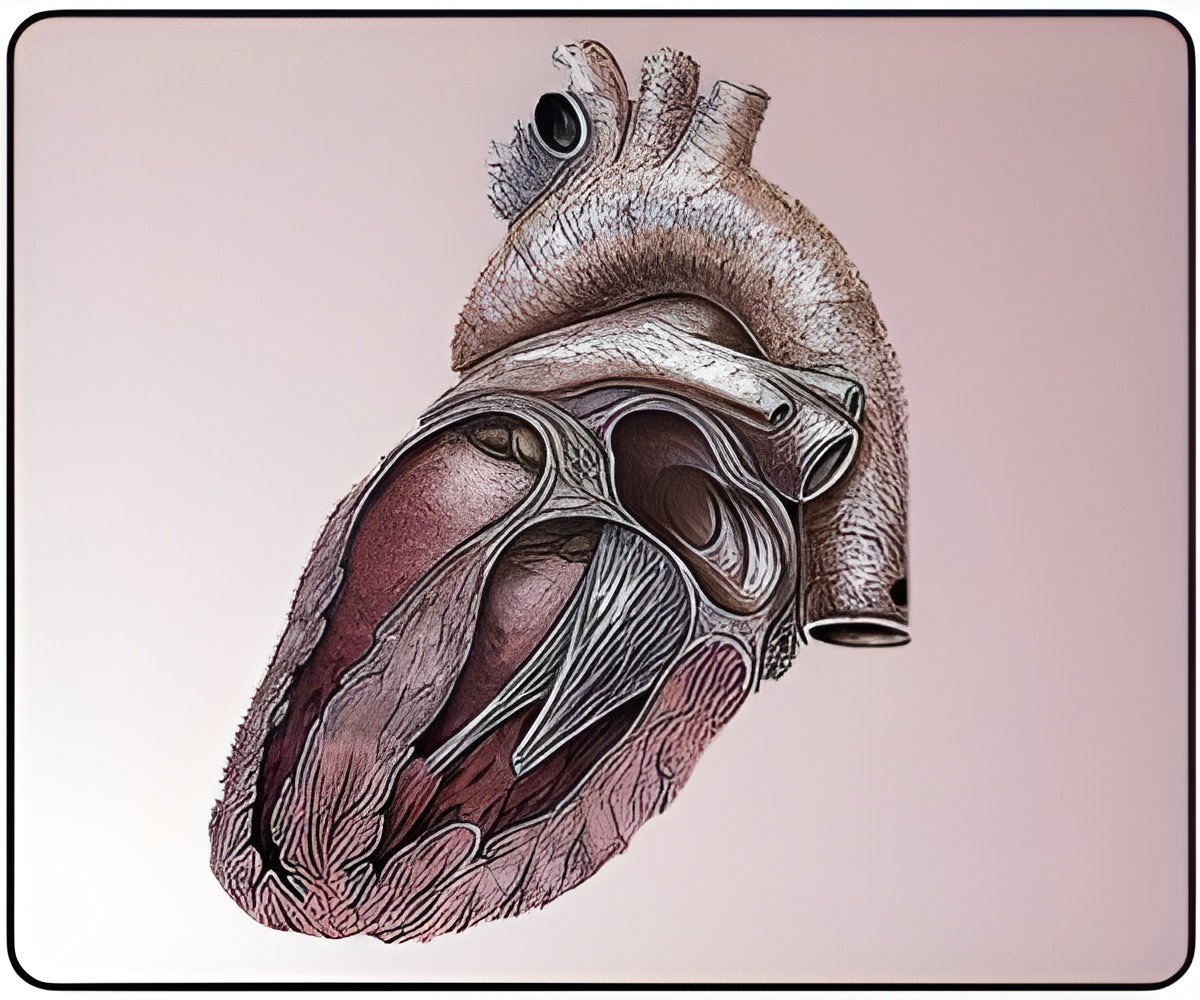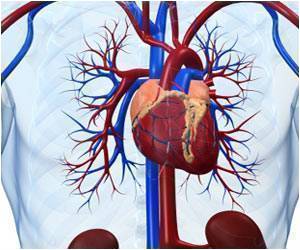Success reported with transcatheter aortic valve implantation (TAVI), in patients with low-flow, low-gradient aortic stenosis, a unique form of aortic stenosis that is complicated to treat.

A team led by Dr. Michael Gotzmann, with the University-Hospital Bergmannsheil in Bochum, Germany performed TAVI in 167 consecutive patients with severe aortic stenosis and high operative risk between June 2008 and December 2010. Of those participating, 15 patients had low-flow, low-gradient aortic stenosis and the remaining 152 patients were part of the control group. Interventionists used the Medtronic CoreValve prosthesis 18-F generation for this study.
Within the first 6 months following TAVI, 25 patients died—13% without and 33% with low-flow, low-gradient aortic stenosis. These patients had a higher all-cause mortality following TAVI compared to patients without this severe form of disease. However, the surviving 10 patients with low-flow, low-gradient aortic stenosis reached the 6-month mark, and after nearly a year post-procedure no additional death, myocardial infarction, or stroke occurred.
Furthermore, the surviving patients displayed a significant improvement in heart function and exercise capacity. "While there is a high mortality rate in this difficult-to-treat patient group, there is symptomatic benefit for patients undergoing TAVI therapy," said Dr. Gotzmann. The authors suggest the high mortality rate could be due to pre-existing conditions that place patients are greater risk post-procedure. "Further multi-center studies in larger patient populations are needed to understand the potential benefit of TAVI in patients with low-flow, low-gradient aortic stenosis," concludes Dr. Gotzmann.
Source-Eurekalert














